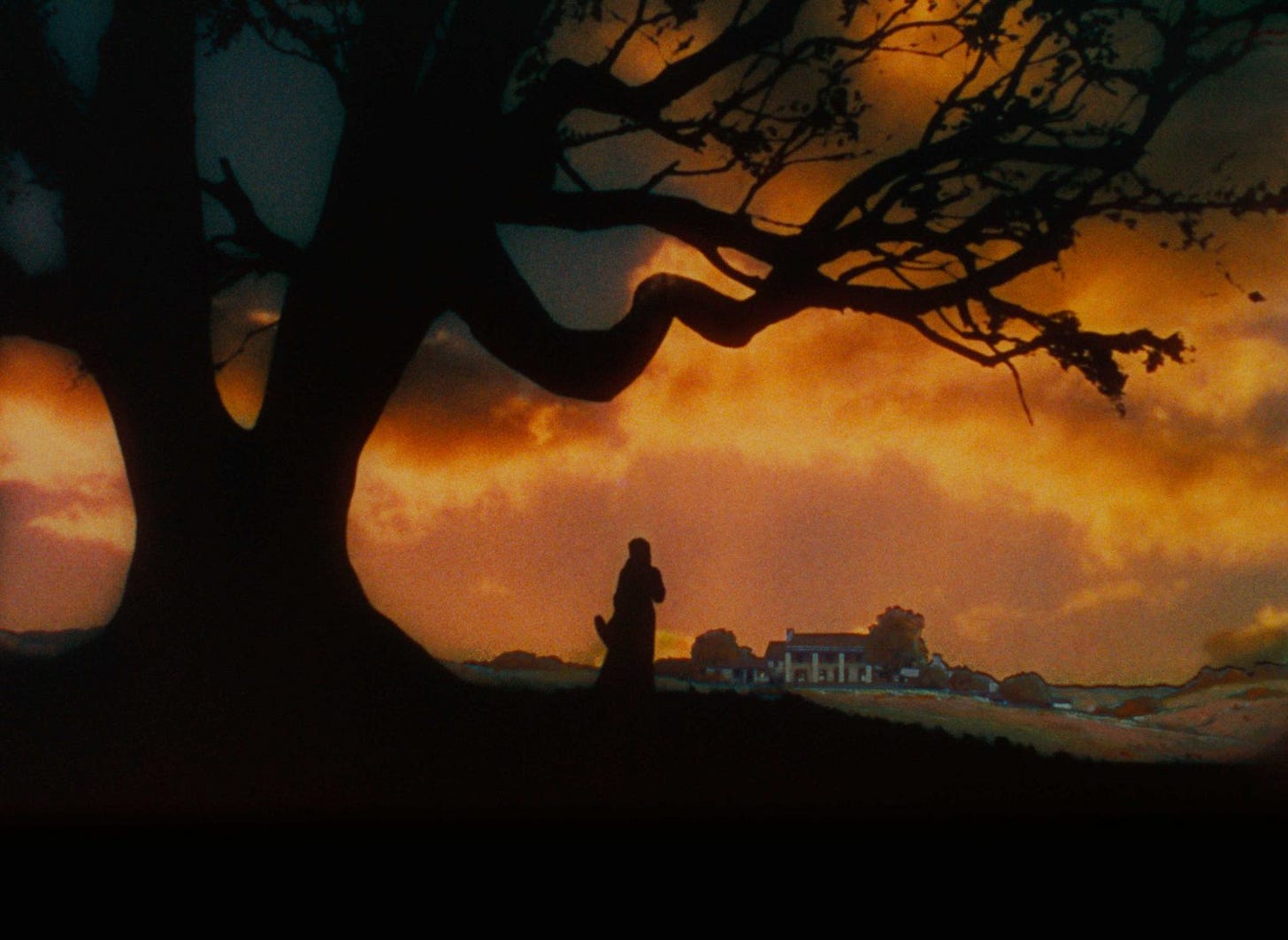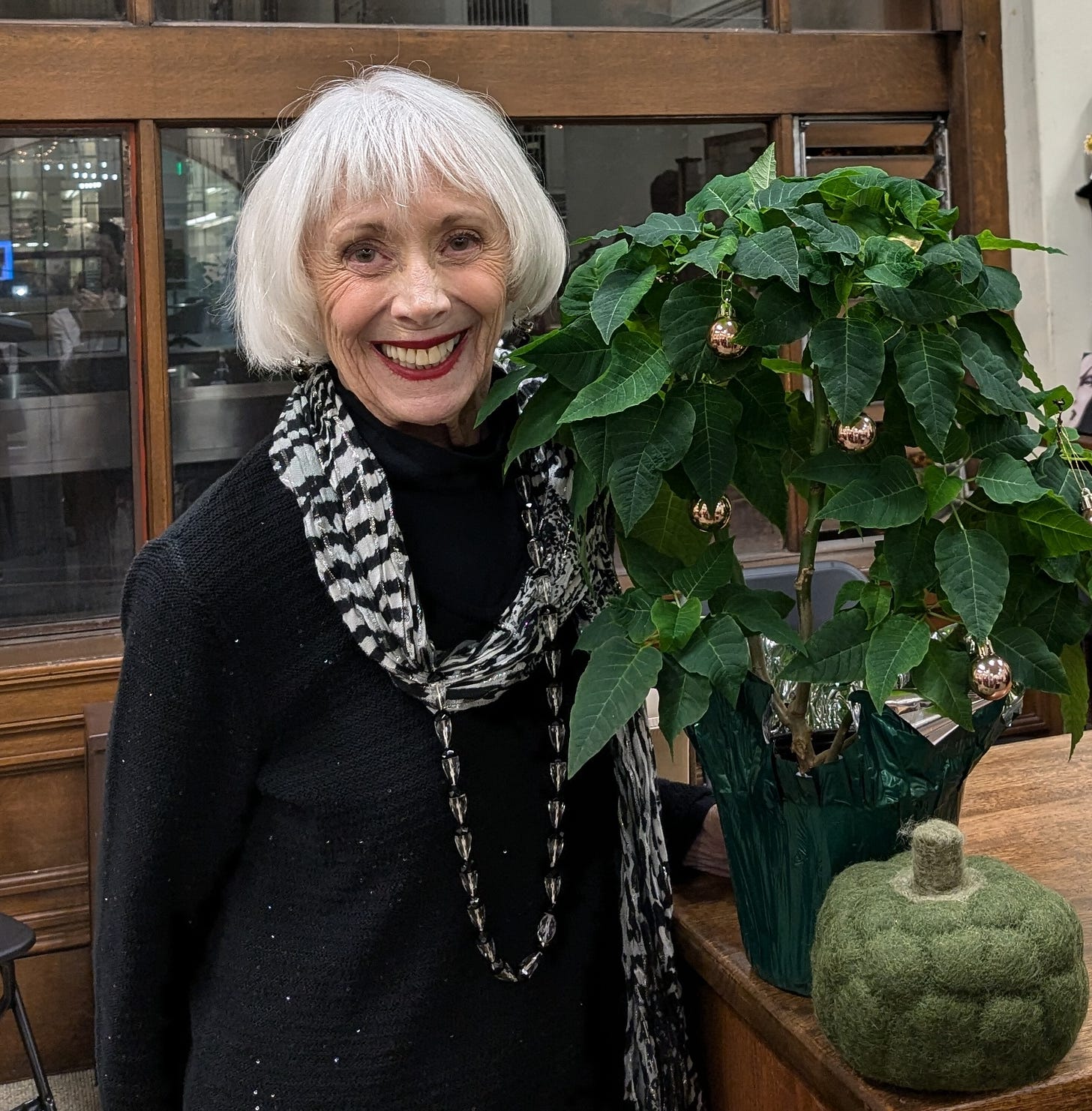The Fairy Tale Heroine: Live and Create Her Journey
Chapter One: Conclusion
Celebrating Women in Uncertain Times: At the end of the year 2024, looking back, looking forward, we can say in good cheer that it’s been an amazing year for women and the feminine heroic. In film and music, in leadership and politics, women have been high profile and controversial. Women’s rights, women’s roles in society have been re-examined, threatened and restricted.
Yet at the same time, women have soared to new heights in arts and culture with award-winning films like Barbie and Poor Things and the record-breaking concert tours of Taylor Swift’s Eras Tour and Beyoncé’s Renaissance Tour. On the global leadership stage, Vice President Kamala Harris ran for president in a fast-paced lighting campaign that almost cracked that last glass ceiling. The year is ending with a stunning performance of female stars whose talent, skill, and intense focus showcased the immense power and vulnerability of the feminine in Wicked, Part One.
We are all affected by the tension created between suppression of the feminine in society and the adulation of the female artist, musician, actress, writer, and leader. Some in the global community want to go backwards to a more traditional role, while other women have moved forward to new levels of achievement and success with eager audiences, supporters, and fans.
The Fairy Tale Heroine can provide a road map to overcome these tensions and breakout of self-defeating cultural expectations in the new year. Her story is our story. As you read the three stages of the ancient feminine quest, relate them to your life story and pinpoint where you are today.
The Heroine’s Journey
Stage One: Treachery/Entanglements and Jealousies
The heroine, abandoned and alone, is then entrapped in a restricted environment within the patriarchy with limited cultural expectations, stripped of status and recognition, abused by jealous stepmothers or stepsisters, with an absent or ineffective father, yet possesses an inner beauty. The daughter is victim to the whims of a wicked stepmother who seeks her stepdaughter’s downfall out of spite and jealousy.
In one of the thousands of versions of the feminine quest, in the German fairy tale of “Snow White,” the loving mother who longingly wished for a daughter dies in child birth. She is immediately replaced by the envious, vain, predatory stepmother who seeks to murder her stepdaughter. It is a deadly competition of feminine beauty—an ongoing theme in the heroine’s journey tales—famously fought in this epic tale and its all-seeing mirror.
That mirror now reflects a modern, worldwide standard of feminine beauty: thinness and youth. Beauty trends are set by what we see on screens and in metaverses, what is possible on screens, with filters and AI effects, an impossible measure that affects women’s self-image in killing ways.
In addition, step-sisters can be cruel; they side with the stepmother and earn our contempt. They exhibit behavior depicted as vain, lazy, vulgar, demanding, selfish, insulting—even called ugly or grotesque. In modern terms, the step-sisters could stand for basic sibling rivalry that motivates a woman to compete and achieve. They might symbolize peer pressure, creating stress and despair—a spiteful, élite clique. The step-sisters may also represent feminine competition for a man or a career. Yet our heroine is trapped, under their control.
In the wildly popular film, The Devil Wears Prada, (2006) based on the 2003 novel by Lauren Weisberger, we see the archetypal characters of the vicious stepmother and stepsister. Andy, a recent college graduate, after landing a job at prestigious Runway magazine, finds herself the assistant to vicious editor Miranda Priestly and questions her ability to survive as Miranda's slave, her misery compounded by the scathing insults of Emily Charlton.
These negative female characters are the heroine’s antagonists and will destroy the heroine if she is left to their will, as shown in fairy tales, popular films, and in real life.
Stage Two: Into the Wilderness/Escape and Initiation
The heroine must escape to survive. She must flee, or be cast out, or a catastrophe might throw her into the unknown: Vasilisa and her doll enter the dark forest; Snow White runs for her life into the forest; Psyche traverses mountains; the maid in “Mother Holle” throws herself into the well. Each heroine is faced with impossible, challenging tasks that develop masculine aspects with the aid of allies and faces certain death in an “underworld.”
In the foundational Greek myth, “Psyche and Eros,” based on a much earlier Near East fairy tale, Psyche was abandoned by her husband, Eros, after her jealous sisters urged her to reveal him, leaving Psyche alone as a magical palace disappeared around her. Pregnant with the god’s child, Psyche fled for her life, fearing the wrath of Aphrodite. She knew there was really no place to hide, so she climbed Mount Olympus to turn herself in—hoping for mercy.
Aphrodite showed none, but flew at her, ripping her clothes to shreds, tearing out her hair in clumps, calling her a slut. She threw Psyche into a granary shed where there was a huge heap of grains all mixed together: wheat, barley, poppy seed, and millet. She told Psyche to sort them into their separate piles by evening, as she loved her life. Psyche fell to the floor, bruised and battered, weeping. Swarms of ants noticed her and took pity on her, separating all the grain into tidy heaps by evening. It was the first of four impossible labors—do or die.
Again, we recognize the mother-in-law in the place of the stepmother, demanding, destroying, challenging the heroine to act beyond her ability, to perform the impossible. Alone in the wilderness, the heroine must succeed, even to face death itself. In doing so, she achieves new aspects of the self and transforms.
The ever-enduring Gone with the Wind, a novel by American Margaret Mitchell (1936), was followed by its Oscar-winning film (1939). Incredibly, Gone with the Wind, bestseller in 1936-37, in 2014, was found by a Harris poll to be the second favorite book of American readers, just behind the Bible.
Though controversial in its depiction of Southern life during the Civil War, the story has the magnetic draw of archetypal characters and an epic feminine quest. In Scarlett O’Hara, we see the southern belle, a pampered heroine, almost the stepsister type, who is challenged by the drastic losses of the Confederacy and flees to her plantation, Tara, where she fights for survival, works the fields with the ever present risk of death by a Yankee.
Through the twists and turns of the melodrama amid the end of the war, Scarlett is left at the end, a stronger, more resourceful woman, ready to return to Tara on her own, declaring in her famous line, “tomorrow is another day.” There is a fairy tale symbolism in the name, Tara, that refers to a hill in Ireland formerly the king’s seat, providing an elevated status to the setting.
Though the heroines, Psyche and Scarlett, are worlds apart, they are fully dimensional characters, powerful in their quests, not always ethical in their manipulations, capable of impossible tasks, and a descent to the Underworld—in the end vanquished.
Their stories survive with continuing appeal because they resonate within us, and portray the trials and pitfalls of the feminine quest.
Stage Three: Return/Recognition and Self Attainment
The heroine returns or comes into herself in a new land having learned new skills from her journey that are unique and authentic. She is recognized for her attainment in a public way by a masculine figure, typically one in authority who "marries" her—is integrated into her feminine side and she assumes a leadership role in her community.
The magical godmother archetype, “Mother Holle,” found in the 1812 Grimm Brothers’ Household Tales was known as the feminine spirit of the woods who ruled the weather. In the fairy tale, a stepdaughter, treated cruelly by her stepmother and stepsister, feared that she would be punished for losing the spindle in the well, and in a panic she leapt into the well after it. Finding herself in the underworld of Mother Holle, the maid served her in her magical work of controlling the weather, rain and snowfall, and is rewarded with a shower of precious gold.
When she returns to the world above, she becomes wealthy and independent, with extraordinary skills learned from her mentor. This is a short tale with a powerful message of return. The country maid returns to her village, but she did not receive a “Call” like the hero—she fled in a panic to escape her unbearable life of negative feminine influences and returns empowered by positive feminine mentoring.
Erin Brockovich is a 2000 American Oscar-winning film, based on the true story of Erin Brockovich who initiated a legal case against the Pacific Gas and Electric Company over its culpability for the Hinkley groundwater contamination incident. Erin Brockovich shows the strength it takes for a woman to stand up for a cause and be noticed in a man's world. As a single mother of three, recovering from a car accident, Erin Brockovich became a singular force, employing effective strategies.
Both of these heroines gave it their all, their full bodied commitment in service to the health of their communities. Their successful return and status within their world is assured.
Follow the Road: Where Are YOU?
The universal appeal of the motifs and archetypes of the fairy tale heroine is clearly apparent in the longevity of the heroine’s tales from their ancient origins to modern interpretations in fiction and film. Even more important is how they play out in our daily lives. So, follow along her stages together with a notebook—digital or written—or a portfolio for illustrations, collage, poster, story board, or a game. The creative possibilities are endless as we explore the fairy tale heroine’s epic journey in our own way and for our time.
###Chapter One: Conclusion
Register for my Online Class in 2025
Heroine’s Journey for Writers and Creatives
January 25, February 1 and 8, 2025
Saturdays, 9 – 11 AM / PST
Three 2-hour Sessions | $60 for the series
Want to know how to create a heroine’s journey story with the underlying magnetism of its age-old archetypal patterns? Listen to tales of the heroine’s journey told in the style of the oral tradition. Respond in your written voice to create new settings, characters, and plots with surprising depth and appeal.
In this exciting, interactive, three-session workshop with Kate Farrell we will:
· Explore the unique challenges of the heroine’s journey found in ancient, feminine fairy tales.
· Learn how to use elements of the feminine quest in your creative writing for any genre—fiction, nonfiction, memoir, and more!
· Compare the hero’s and heroine’s journey and discuss three basic benchmarks of the feminine quest in tales that date back millennia to matriarchal cultures:
Registration is limited. Read More and Register
***
I’ll be on a break for the Holidays and will return Monday, January 6, 2025.
Happy Holidays! Thank you all for reading, subscribing, and following the Fairy Tale Heroine. Join her journey in the New Year.
~Kate Farrell







Hi Kate,
This is excellent, so thorough and enlightening!
I greatly appreciate this section:
The Heroine’s Journey
Stage One: Treachery/Entanglements and Jealousies
In the HJ Course I teach, I devote a section to women's friendships and the sisterhood, acknowledging the archetype of the "jealous sister," whom we've all encountered. The comparing and competing is unfortunately hard-wired by our patriarchal culture.
It feels essential to remind women that our strength is in our connections to each other, and that we are innately cooperative, collaborative, and community-spirited.
I deeply value the work you're doing to bring about transformation, individual and collective.
With respect and love,
Janet
Kate, such excellent examples. I especially love Erin Brockovich, because she is both mythic and real, a wonderful demonstration that ordinary women do act in extraordinary ways. I was especially delighted the other day to learn that she has a Substack: https://www.thebrockovichreport.com There, I also learned that she has a 2020 book with the intriguingly mythic title SUPERMAN'S NOT COMING. Yes, truly the heroine has to do it herself!
Thanks for another thought-provoking post!